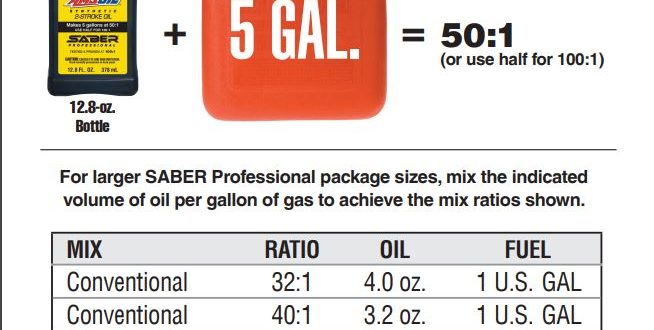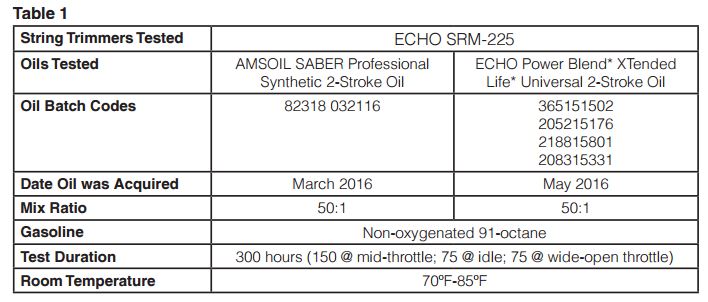Our pre-mix product and chart make AMSOIL the Easy Choice- and you save money/time Andy Arendt|Jun 04, 2018 2:07 PM Depending on two-stroke equipment age, brand and owner preferences, keeping track of two-stroke oil mix ratios can be complicated. Professional lawn and landscape companies in particular face challenges when it comes to ensuring employees are […]
You are browsing archives for
Tag: string trimmer
Weed Eater Won’t Start? Try This
We’ve all been there – Weed Eater Starting Foes! John Baker| Jun 19, 2019 9:28 AM No matter what you call it – weed eater, weed whacker, string trimmer – chances are at some point it won’t start. Few things are more annoying than destroying your shoulder trying to start the weed eater when there’s […]
ECHO String Trimmer Technical Study
AMSOIL SABER® Professional Synthetic 2-Stroke Oil resisted performance-robbing deposits and maintained power and performance in ECHO string trimmers. Published September 2016 Overview Government mandates require modern handheld trimmers and other twostroke equipment to produce less exhaust emissions. To comply, some original equipment manufacturers (OEMs) design their equipment to run on leaner fuel/oil mixtures. Burning more air and […]
Troubleshooting a String Trimmer that ha...
Troubleshooting a String Trimmer that has Lost Power A few simple maintenance practices can help restore the performance of a faulty string trimmer (Weed Eater). Check the Age of the Fuel Today’s ethanol-containing gasoline can break down in relatively short time periods. If your blended fuel supply is more than two or three weeks old, […]


